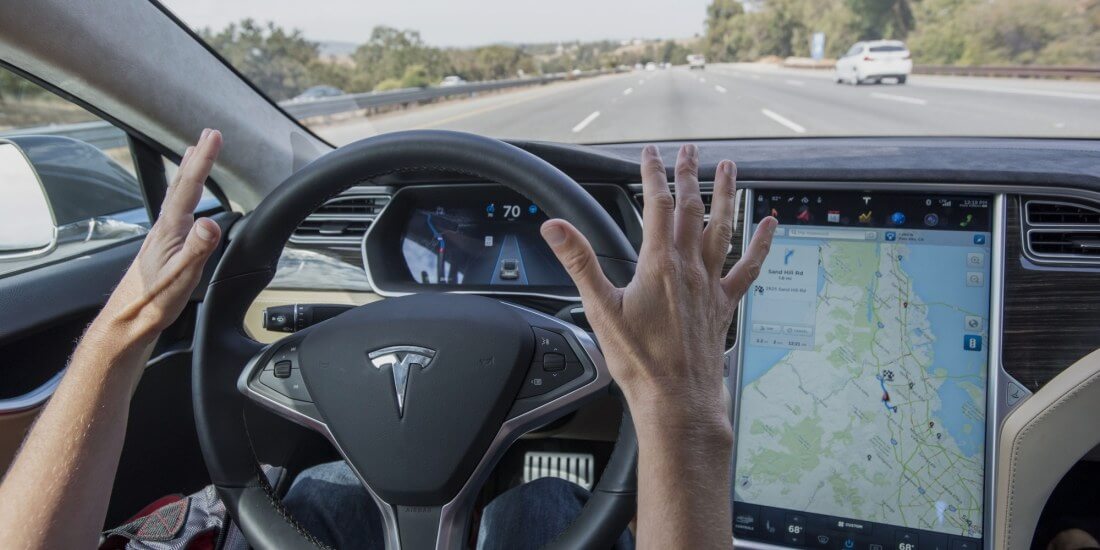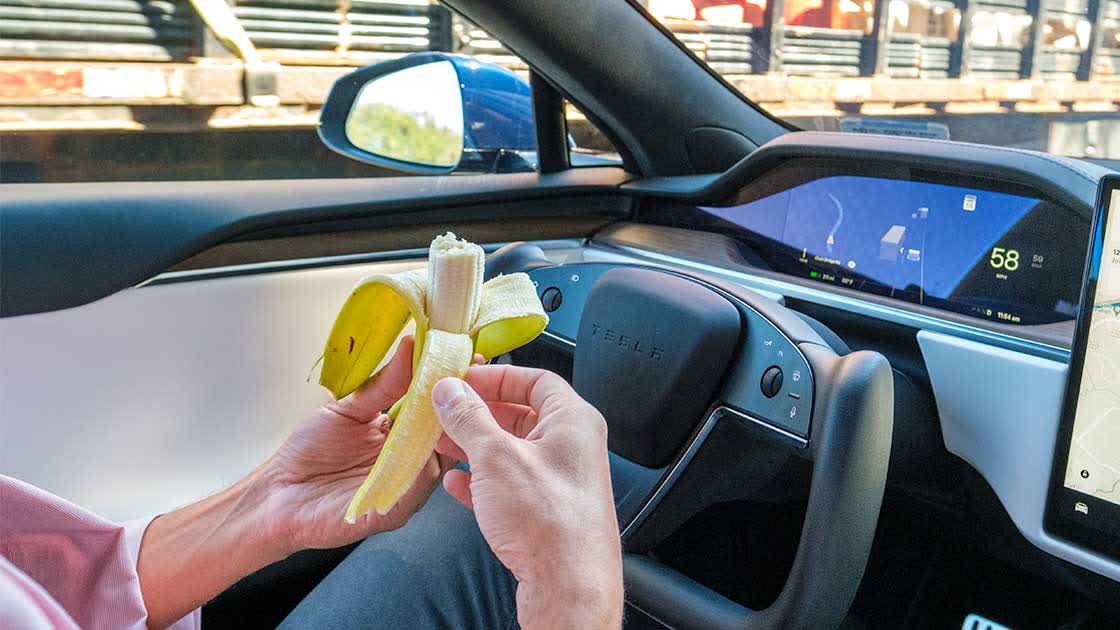Facepalm: Despite auto manufacturers repeatedly reminding customers that a 'driver assistance system' does not mean a vehicle is capable of full self-driving, many owners treat them this way. Putting too much faith in the likes of Tesla's Autopilot can be dangerous, especially as users often perform actions like eating or texting when they're activated.
The findings come from a study by the Insurance Institute for Highway Safety (IIHS), a nonprofit organization funded by auto insurance companies that aims to reduce vehicle-related deaths and injuries.
The IIHS study, which covered 600 active users, found that 53% of Super Cruise (General Motors), 42% of Autopilot (Tesla), and 12% of ProPILOT Assist (Nissan) owners said that they were comfortable treating their vehicles as fully self-driving. Some added that they were happy to let the cars drive themselves in inclement weather and parking lots.
Tesla has always said that users of its Autopilot feature must be attentive and keep both hands on the wheel while it's activated. Like Super Cruise, it can lock out owners who aren't paying attention. About 40% of the study's participants admitted that the systems had shut them out at some point while driving and would not reactivate.
"The big-picture message here is that the early adopters of these systems still have a poor understanding of the technology's limits," said IIHS president David Harkey. "But we also see clear differences among the three owner populations. It's possible that system design and marketing are adding to these misconceptions."
The IIHS notes that most driver assistance systems are comprised of two elements: Adaptive cruise control that keeps vehicles moving at a certain speed while maintaining a set distance from the car ahead, and lane centering to keep the vehicles in the middle of a road. Some systems are also capable of performing lane changes and other advanced maneuvers.
Man pleads guilty to dangerous driving after switching on his car's autopilot and moving over to the passenger seat while travelling along the M1 near #HemelHempstead: https://t.co/GrKppSLVZT pic.twitter.com/JPYgk9eyDM
--- Herts Police (@HertsPolice) April 27, 2018
GM's Super Cruise can be used on 400,000 miles of North American roads. Following a crash in San Francisco, the company issued a safety recall report last month for software that governs how its vehicles act when making an unprotected left turn.
The study found that Super Cruise users were likelier to report looking away from the road for extended periods than those using other manufacturers' systems. They are also the most likely to consider unsafe driving activities safe when the assistance feature is activated.
Tesla has faced plenty of criticism for calling its system Autopilot, which suggests it is more capable of self-driving than it is. ProPILOT Assist, in contrast, suggests it's more of a driver's aid.
As noted by Reuters, the NHTSA has opened 37 special investigations involving 18 deaths in crashes involving Tesla vehicles in which systems like Autopilot were suspected of use.
Some of the non-driving activities users were engaged in while the systems were activated included eating, drinking, texting, using a phone, and reading books, magazines, or newspapers.
The IIHS said most Super Cruise and Autopilot owners were male, while both sexes were more or less equally represented among ProPILOT owners. Moreover, most Super Cruise owners were over 50, while Autopilot owners tended to be younger, with a quarter under 35. ProPILOT owners' ages were evenly distributed.

